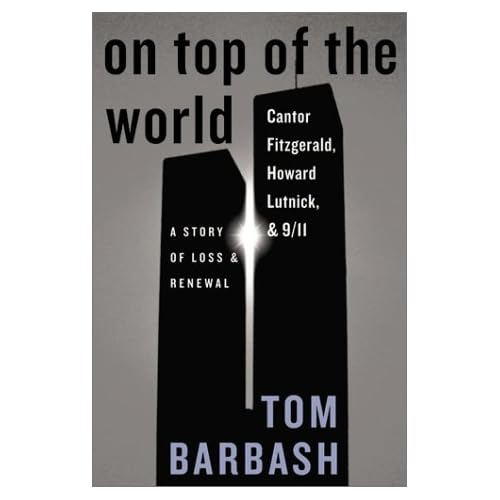I have been thinking a lot about inflation lately. If you believe the standard numbers, as
Robert Reich does, then it looks as if middle class income has been stagnant for 30 years.
This cannot be right. I digged around on
census.gov and
bls.gov for some numbers on how our living standards have changed over the last decades. The chart shows the growth in square footage of the median of US homes, and the number of homes equipped with central airconditioning. I picked these because they were easily accessible. Browsing around reveals a number of ways our living standards have increased: we travel more, watch more movies, go skiing more, etc. Recent posts by
Russell Roberts and
Don Boudreaux prompted me to think about the issue. As these posts show, the paradox that real wages have declined, while our standard of living improved, is largely a result of overstated inflation.
Inflation is a currency fluctuation where the value of money decrease, so that prices increase -- they inflate. Historically, prior to the advent of central banks in the 19th and 20th centuries, currency fluctuations went in both directions, so that deflation and inflation came in alternate waves. Central banks usually aim for a low level of inflation. They do this because it would be impossible to hit exactly at zero, or neutral. Economists largely agree that inflation is slightly better, or rather, less bad, than deflation. So central banks choose the lesser of two evils. That is one reason why inflation is ubiquitous now.
Just as it is impossible for the central bank to achieve a complete absence of currency fluctuations, so it is also impossible to measure it at that precision. Indeed, for some of the same reasons. To illustrate currency fluctuations, I will use
Krugman's Dogs and Buns Economy.
Imagine a dogs and buns economy, where a dog costs one dollar, a bun costs one dollar and the hot-dog product costs two dollars. It doesn't matter how big this economy is, how many people are in it or how many dogs and buns are produced. If we change one variable at a time in relative terms, it will help to understand the difficulties in evaluating the currency.
What happens in this economy if the population grows by ten percent? Assume that productivity and relative consumption is exactly the same, so that the number of buns, dogs and hot-dogs also grows the same ten percent, but the monetary base -- the amount of dollars -- is the same. What happens to prices in this example? Under the theory that a unit of currency follows the same laws of supply and demand as every other commodity, one dollar is now worth more relative to other items in the economy, so the price of a hot dog would go down a bit. I doubt it would go down by exactly ten percent, but it is hard to say.
What happens if, instead of the population growing, productivity grew? Let us say that the productivity of dog production went up 25 percent, so that a dog now costs 80 cents, and productivity of bun production went up 11 percent, so that a bun now costs 90 cents. A hot dog would then cost $1.70. The price again fell, but for different reasons. (I am assuming a linear progression for simplicity; if there are no other products in the economy, it is not clear the price would actually fall that much, but the whole point is to keep things simple).
Now assume that in addition to the productivity increase, a new product is introduced: the double dog, which consists of two dogs and one bun, and costs $2.50. The double-dog is hugely popular and half of the hot-dog market is taken over by this new product. The average price of the products is then $2.10. To somebody at
BLS (where
CPI is calculated), it looks like the price of hot-dog products increased, though it actually decreased.
As these variables change, even in this simple example, I find it near-impossible to determine what the value of a dollar is. As the CPI article explains, the economists at BLS and BEA uses various measures to calculate it, but in a real-world economy, even the most heroic effort is inadequate and the nominal inflation will always be different from the actual inflation.
How important is this? Because of the compound nature of inflation, it is much more important than other econometrics. GDP is also miscalculated, but it is recalculated every year. If the GDP is off by, say, ten percent, it will be off by approximately that slice every time it is calculated. Errors in the rate of inflation is compounded over the period it is used. If you wanted to calculate the 2008 US economy in 1980 dollars, assuming a 2% annual inflation rate you would get $9,322 billion dollars, using a 1% annual inflation rate would get $11,470 billion dollars. That is a 19% difference. Assuming a 1.8% inflation, instead of 2%, gives a difference of 4% over the period. The articles mentioned before indicates that the measured inflation probably is off by a full percentage point. The
econlib.org article mentions 0.08%. (That is the difference in the rate, not a relative difference).
Inflation is such an inaccurate measure that adjusting for it introduces as much uncertainty as it resolves. It is a useful excercise to estimate it, as it can bring some insight when comparing prices from different time periods. The important thing is to always take it as an approximation and to be careful drawing comparisons or conclusions when inflation is involved.









